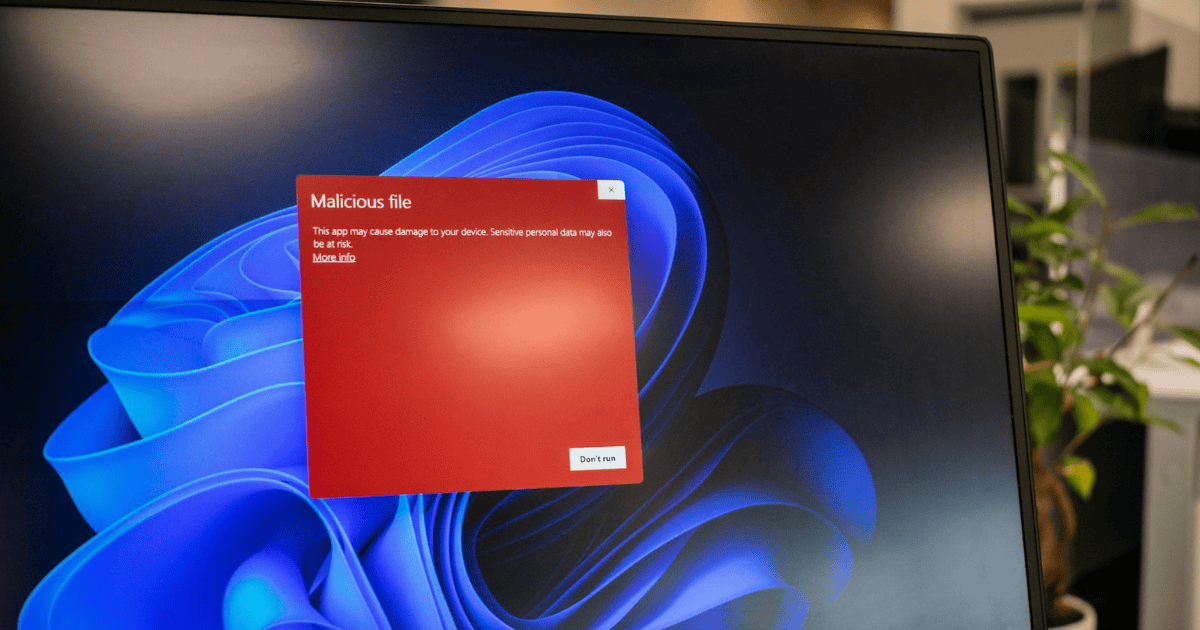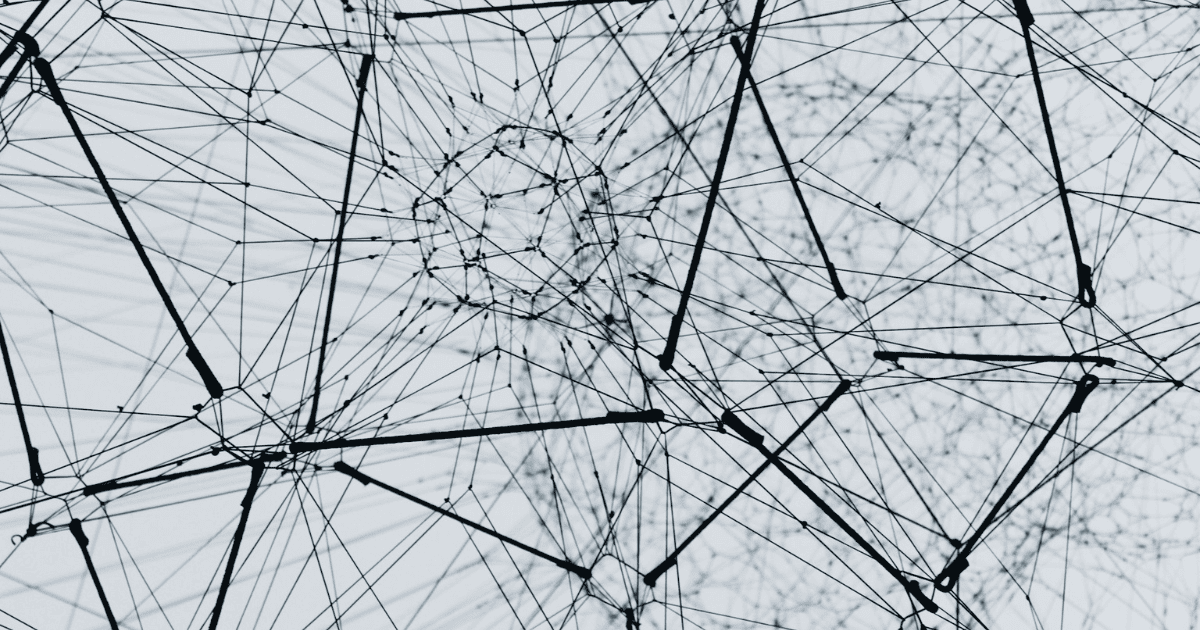Last Updated on 22 February 2024 by Alastair Digby
The security and IT team’s toolkit should include Attack Surface Analysis (ASA) since it enables them to quickly identify and address vulnerabilities across their entire digital ecosystem.
Attack Surface Analysis is a proactive approach that helps in identifying and mitigating security risks by examining the overall attack surface of a system, network, or application. In this article, we will explore the steps involved in performing effective analysing your attack surface and discuss its significance in securing digital assets.
Table of Contents
What is an attack surface?
The attack surface refers to the totality of all possible security exposures that a malicious hacker could use to infiltrate a system or network. They come in various forms, are hyper-dimensional, and constantly evolving making them notoriously challenging to effectively monitor and manage.
Attack vectors are pathways a cybercriminal can exploit to gain privileged access to a network or system, and they are known as exposes or holes in cybersecurity.
Attack vectors to keep an eye out for include:
- Development flaws
- Social engineering scams
- Unsecured Wi-Fi networks
- Outdated software
- Ransomware
- Third-party vendors
- Compromised credentials
- Misconfigurations
- Zero-day vulnerabilities
- Distributed denial of service (DDoS)
- SQL injections
- Cross-Site Scripting (XSS)
- Missing patches
In the current digital climate, the threat of a cyberattack is ever-present. For most, it’s no longer a question of if but when an attacker will find an attack vector to exploit. Addressing your security vulnerabilities and protecting your sensitive data is a necessity.
What is Attack Surface Analysis?
Getting the big picture
Attack surface analysis is a systematic process of evaluating the potential points of entry or attack that a malicious actor can exploit within an organization’s digital ecosystem. By understanding the various entry points, such as software interfaces, network services, or cloud services, security professionals can assess the security posture and take necessary measures to minimize vulnerabilities.
The rise in remote working, cloudification, heavier reliance on IoT and other technologies is now central to most organization’s operations today. Without ongoing analysis and attack surface monitoring in place it increases the potential for attackers to exploit exposures if they aren’t identified and remediated swiftly.
The damaging breaches increasingly frequenting front-page news are a wake-up call for all – cybersecurity needs to be prioritized in the boardroom. In light of this never-ending race against time to stay ahead of cybercriminals, ASA is a welcome solution for organizations to reduce their risk posture and secure their digital perimeter.
Why is Attack Surface Analysis important?
Attack surface analysis is important because it helps identify potential vulnerabilities in a system or network. By examining the various ways in which an attacker might try to gain access to a system, organizations can take steps to reduce their attack surface and improve their overall security posture.
This can include implementing stronger security controls, such as firewalls and intrusion detection systems, as well as regularly patching known vulnerabilities and monitoring network activity for suspicious behaviour. By conducting an in-depth attack surface analysis, organizations can identify hidden vulnerabilities, strengthen their security defenses, and reduce the overall risk exposure.
How does Attack Surface Analysis work?
Attack surface analysis provides a proactive approach to security with continuous monitoring and management of an organization’s complete digital perimeter and all the assets and vulnerabilities that contain, transmit, or process data.
To perform a comprehensive attack surface analysis, it is important to follow a structured approach. The following steps outline an effective methodology for conducting ASA:
Step 1: Identify the Assets and Infrastructure
Begin by creating an inventory of all the assets within the organization’s digital ecosystem. This includes software applications, network components, cloud services, and any other relevant elements. Document the specifics of each asset, such as version numbers, configurations, and dependencies.
Step 2: Map Out the Attack Surface
Once the assets are identified, map out the relationships and dependencies among them. This includes understanding the interactions between different software modules, network connections, and external interfaces. Visualize the attack surface to get a holistic view of the entire ecosystem.
Step 3: Assess Vulnerabilities and Threats
Conduct a thorough vulnerability assessment of each asset in the attack surface. Identify common vulnerabilities such as weak authentication mechanisms, improper input validation, or misconfigured network services. Also, consider potential threats that could exploit these vulnerabilities, such as SQL injection, cross-site scripting (XSS), or denial-of-service (DoS) attacks.
Step 4: Prioritize Risks and Mitigation
Based on the vulnerability assessment, prioritize the identified risks. Assign a risk level to each vulnerability considering factors like impact, exploitability, and likelihood of occurrence. Develop a mitigation plan that outlines specific actions to address the identified risks, such as applying patches, implementing security controls, or conducting code reviews.
Best Practices for Effective Attack Surface Analysis
To maximize the effectiveness of Attack Surface Analysis, organizations should follow these best practices:
Regularly Update and Maintain Asset Inventory
Maintaining an up-to-date asset inventory is crucial for accurate analysis. Regularly update the inventory to include newly deployed assets, decommissioned components, or changes in configurations. This ensures that the attack surface analysis remains relevant and comprehensive.
Conduct Ongoing Vulnerability Assessments
Attack Surface Analysis should not be a one-time activity. Perform regular vulnerability assessments to identify emerging threats and evolving attack vectors. Keep track of new vulnerabilities, patches, or security advisories related to the assets in your attack surface. This ongoing assessment helps in maintaining a robust security posture.
Stay Informed About Emerging Threats
Stay updated on the latest trends in cybersecurity and emerging threats relevant to your organization. Subscribe to security bulletins, follow industry-leading blogs, and participate in relevant forums or conferences. This knowledge helps in identifying potential risks and adjusting the attack surface analysis accordingly.
Benefits of Attack Surface Analysis
Conducting thorough Attack Surface Analysis offers several benefits to organizations:
Identify Hidden Vulnerabilities
By analyzing the attack surface comprehensively, organizations can uncover vulnerabilities that may be hidden or overlooked. This proactive approach allows for early detection and remediation of potential risks, reducing the likelihood of successful attacks.
Enhance Security Posture
Attack Surface Analysis enables organizations to gain a deep understanding of their security posture. By identifying and addressing vulnerabilities, organizations can strengthen their defenses and minimize the potential impact of security incidents.
Mitigate Potential Risks
By prioritizing risks and implementing mitigation strategies, organizations can reduce the overall attack surface and minimize the potential impact of successful attacks. This proactive approach enhances the organization’s ability to withstand and recover from security incidents.
Challenges and Limitations of Attack Surface Analysis
While Attack Surface Analysis is a valuable security practice, it also faces certain challenges and limitations:
Incomplete Asset Coverage
It can be challenging to identify and include all assets within an organization’s attack surface. Complex infrastructures, legacy systems, or shadow IT can lead to incomplete coverage, leaving potential vulnerabilities unaddressed.
Lack of Comprehensive Tools
Although various tools and techniques exist for conducting Attack Surface Analysis, no single tool provides complete coverage. Organizations may need to combine multiple tools and manual techniques to obtain a comprehensive understanding of their attack surface.
Evolving Attack Techniques
Attackers continually evolve their techniques, finding new ways to exploit vulnerabilities. This means that Attack Surface Analysis must be an ongoing process, continuously adapting to emerging threats and changing attack vectors.
Conclusion
Attack Surface Analysis is a critical component of proactive security management. By analyzing and understanding the various entry points and vulnerabilities within an organization’s digital ecosystem, organizations can minimize the risk of successful attacks and enhance their overall security posture.
By following a structured methodology, utilizing appropriate tools and techniques, and staying proactive, organizations can stay one step ahead of potential threats and safeguard their valuable digital assets.
Frequently Asked Questions
Who should perform attack surface analysis
Attack surface analysis is typically conducted by cybersecurity professionals with expertise in risk assessment, vulnerability management, and penetration testing. These professionals possess the necessary skills, tools, and knowledge to identify and analyze potential attack vectors effectively. Typically, a variety of tools can be used and the findings compiled centrally. Alternatively EASM platforms which include attack surface discovery capabilities are becoming increasingly adopted to streamline the process.
How often should attack surface analysis be performed?
The frequency of attack surface analysis depends on factors such as the organization’s size, complexity of the infrastructure, industry regulations, and evolving threat landscape. It is recommended to perform attack surface analysis periodically or whenever significant changes occur in the organization’s systems, applications, or networks.
Can attack surface analysis be automated?
Yes, attack surface analysis can be automated using specialized tools and EASM platforms. These tools can assist in inventorying assets, mapping dependencies, and conducting vulnerability assessments. However, human expertise is still essential to interpret results, evaluate security controls, and make informed decisions based on the analysis.





